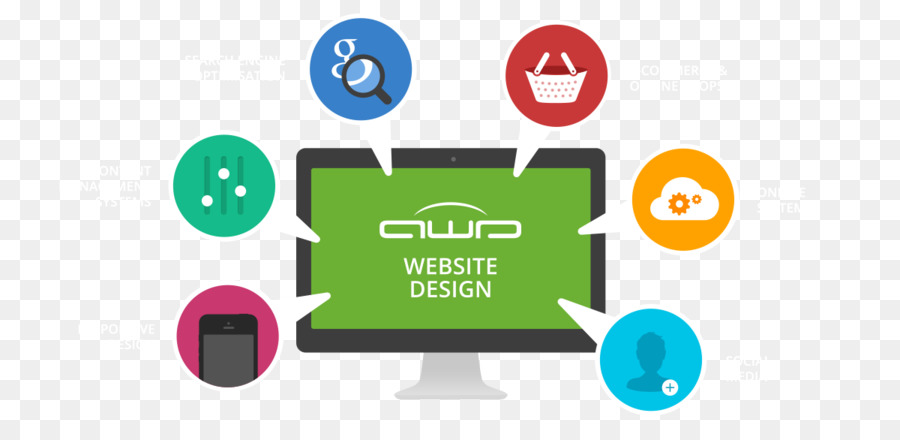Navigating The Ins And Outs Of Typeface Usage In Website Design
Navigating The Ins And Outs Of Typeface Usage In Website Design
Blog Article
Material Author-Sweet Rojas
Boost your web design by choosing easy-to-read typefaces and suitable dimensions. Choose clear sans-serif or serif fonts for far better readability. Stick to 2-3 typefaces for uniformity. Prevent small sizes that stress the eyes. Focus on simpleness over intricacy. These suggestions will help you produce a visually enticing and appealing web site effortlessly.
Do:
* Pick a clear and clear typeface that is easy to keep reading displays of all sizes.
* Use headings and subheadings to produce an aesthetic power structure and aid individuals browse your material.
* Use font dimensions and line spacing to develop a comfortable analysis experience.
* Explore various font style designs and weights to include aesthetic passion and focus.
* Use typography to draw attention to essential components, such as calls to activity or navigating food selections.
Don't:
* Usage way too many different typefaces or font designs, as this can develop visual mess and make your internet site look amateur.
* Use fonts that are too luxuriant or difficult to read, as they may not present well on all gadgets.
* Use typefaces that are too comparable in size or design, as this can make your material challenging to navigate.
* Usage too much text or a lot of words, as this can overwhelm individuals and make your internet site really feel cluttered.
* Usage typography in a manner that is inconsistent with your brand name's overall aesthetic identification.
Relevance of Typography in Web Design
Typography plays an important role in web design by improving readability, aesthetic allure, and overall user experience. When made use of efficiently, typography can convey the tone and message of your content, making it less complicated for customers to involve with your site. Choosing the appropriate fonts, dimensions, spacing, and colors can significantly influence just how site visitors view and engage with your website.
The readability of your web site is directly tied to the typography selections you make. Choosing legible typefaces and suitable font style dimensions makes sure that customers can easily eat the information on your pages without straining their eyes. Furthermore, https://www.forbes.com/sites/sprinklr/2022/01/21/the-prada-story-ensuring-the-brands-future-by-creating-unified-customer-experiences/ between lines and paragraphs can enhance comprehension and overview customers through the web content effortlessly.
Moreover, typography contributes to the visual charm of your web site. By developing a harmonious mix of fonts and shades, you can develop a cohesive style that astounds individuals. Constant typography across various sections of your website additionally helps in maintaining a specialist and refined look, boosting the overall user experience.
Dos of Typography
To boost the readability and visual charm of your internet site, make certain that you select fonts that are simple to read and suitably sized. Pick font styles that are clear and legible, such as sans-serif or serif font styles, which are commonly utilized for body text. Sans-serif fonts like Arial or Helvetica function well for electronic screens, offering a modern-day and tidy appearance. On the other hand, serif font styles like Times New Roman or Georgia can add a touch of beauty and practice to your web site.
One more crucial element to think about is font sizing. See to it your text is large enough to be read pleasantly without straining the eyes. Go with a font style dimension of a minimum of 16px for body text to guarantee readability. Furthermore, utilize various font style sizes to develop a visual hierarchy on your internet site. Headings and subheadings must be bigger and bolder than the body text, assisting the viewers via the material easily.
Donts of Typography
Steer clear of using an extreme range of font styles in your web design to maintain uniformity and readability for your audience. When it comes to typography, less is often extra.
Below are some crucial 'Do n'ts' to remember:
1. ** Stay clear of using way too many various font styles **: Limitation on your own to 2-3 fonts for your entire internet site. Using https://digital-marketing-trainin50493.loginblogin.com/36569568/understanding-the-art-of-social-network-advertising-and-marketing-idea-for-success can make your style look chaotic and unprofessional.
2. ** Do not make use of font styles that are illegible **: Fancy or excessively decorative font styles might look enticing, however if they compromise readability, they aren't worth it. Stick to font styles that are easy on the eyes.
3. ** Steer clear of using tiny font style sizes **: Small text might appear sleek, but if it's also small, it can stress your site visitors' eyes. Make sure https://andrespfvlb.snack-blog.com/29817887/seo-strategies-navigating-the-distinctions-in-between-neighborhood-and-standard-approaches is big enough to review conveniently on all devices.
Verdict
So, keep in mind, when it pertains to typography in website design,
do pick font styles wisely, maintain it simple, and prioritize readability.
Yet don't overdo with too many font designs, dimensions, or colors.
After all, the secret to wonderful layout is commonly found in the simplicity of typography.
So, next time you're working on a web site, keep in mind that sometimes much less is more - even when it involves typefaces.
